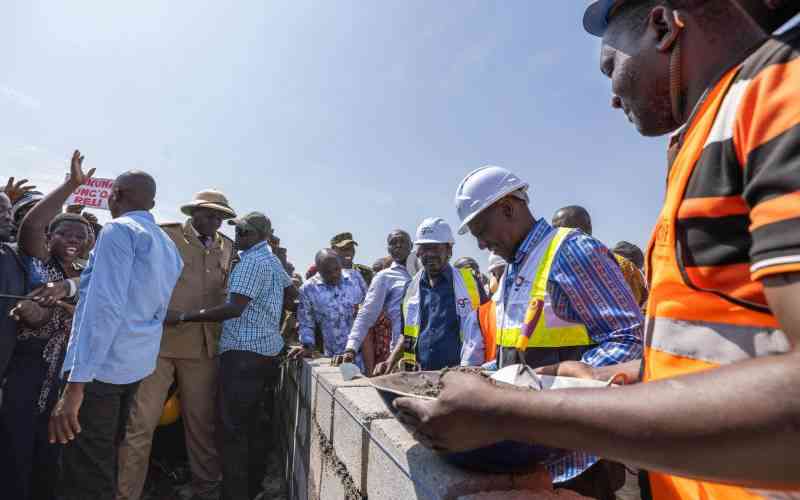
The tour of the Forbidden City brought me back to Beijing Friendship Hotel on my first day in Beijing, just in time for a dinner hosted by Renmin University of China.
Other visitors from different universities who are members of Worldwide University Network joined us. I loved Chinese food, less fatty and tasty. I loved the variety too. For once I tasted Chinese wine. The second day was spent in the conference, with lots of focus on One Belt One Road (OBOR) initiative. To my surprise, I found ngwaci (Sweet Potatoes) and chapati in the menu during lunch and dinner.







